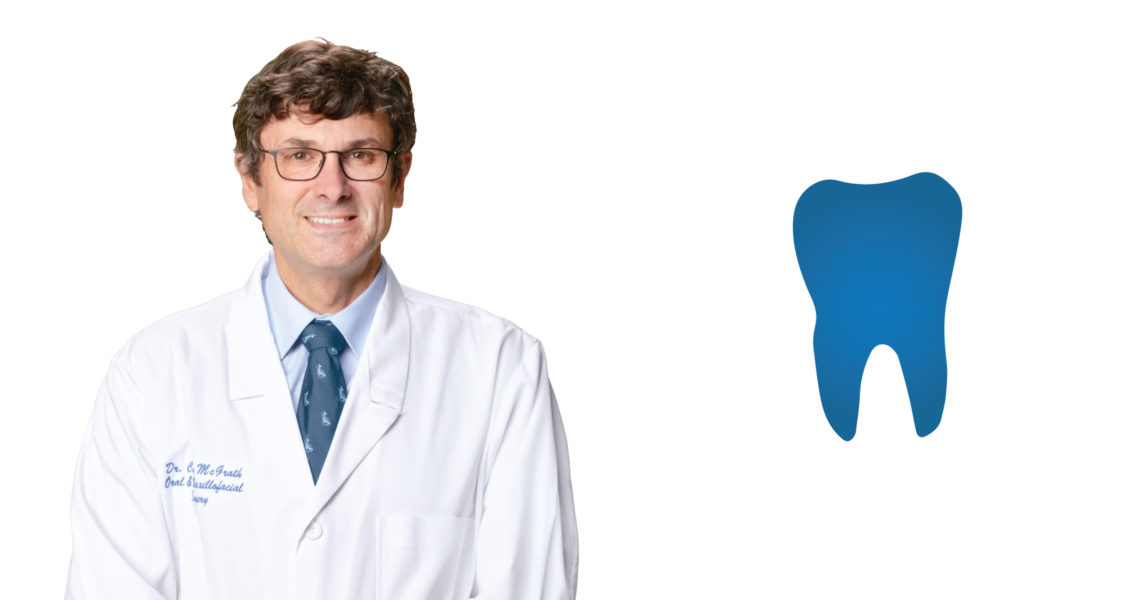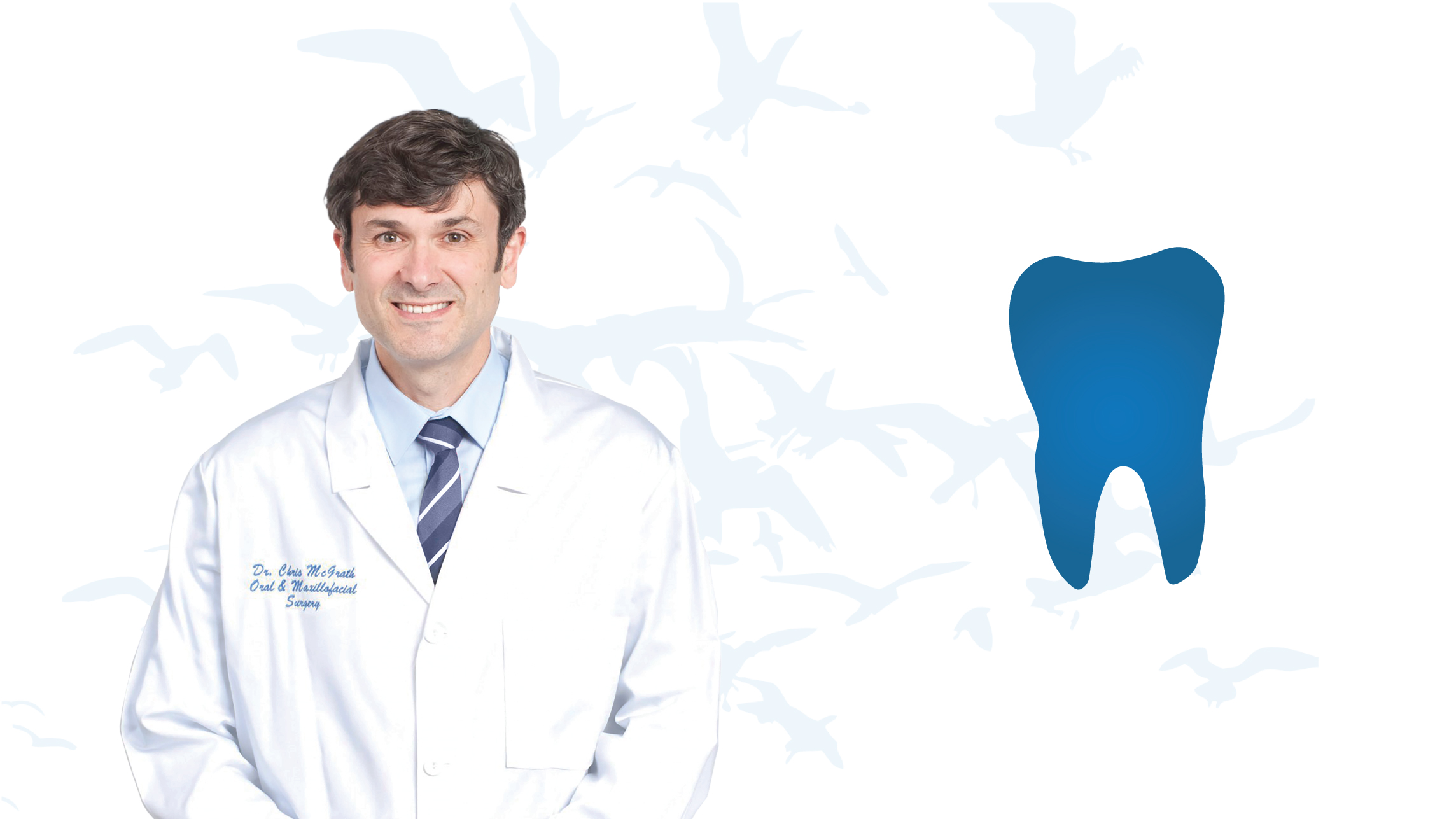What Are Wisdom Teeth?
Wisdom teeth, or technically, third molars, are the last teeth to develop and appear in your mouth. They are behind the upper and lower second molars, also known as the 12-year molars. The third molars are called wisdom teeth because they typically appear in a person’s late teens or early 20s, which has been called the age of wisdom.
Because wisdom teeth are the last to develop, they are often impacted. This means that the tooth cannot fully enter the mouth. The tooth is blocked, typically because there is not enough room in the mouth.
There are different types of impaction/blockage:
- Partially impacted—only a part of the tooth can enter the mouth and be seen
- Completely impacted—no part of the tooth can emerge into the mouth (can be seen)
A completely impacted tooth may be further complicated by being entirely covered by bone. Nine out of ten people have at least one impacted wisdom tooth.
If left in the mouth, impacted wisdom teeth can lead to a variety of problems. This area of the mouth is very difficult to clean, so impacted teeth are prone to bacteria growth, gum disease, and infection—even with good oral hygiene. These problems, in turn, can lead to infection, pain, crowding, and/or damage to adjacent teeth. Furthermore, there is substantial evidence that oral bacteria from this gum disease can travel through your bloodstream and lead to bigger health problems that affect the heart, kidney, and other organs.
There is extensive research that proves that the longer wisdom teeth remain in the mouth, the more likely they are to cause problems. As wisdom teeth develop, their roots grow longer, and the jaw bone becomes denser, making removal more difficult and more prone to complications. Wisdom teeth rarely contribute to function; therefore, waiting for problems to occur makes their removal more challenging, surgery more complex, and pre-operative pain/suffering more significant. Researchers strongly recommend that wisdom teeth—even those that appear problem-free—be removed in the teenage years or early adulthood to prevent future problems.
During your consultation, Dr. McGrath will take a complete medical and dental history, examine your mouth (if necessary), and review X-rays of your teeth. These X-rays will reveal the presence and position of the impacted teeth, curved roots, and the proximity of tooth roots to vital structures (nerves, blood vessels). Dr. McGrath will thoroughly discuss the complexity of your surgery, the risks and benefits of extraction for you, review anaesthesia options, and help you plan for your recovery. This is a good time to ask questions and talk to your surgeon about your concerns.
Wisdom Teeth Removal
In most cases, the removal of wisdom teeth is performed under general anaesthesia or twilight anaesthesia in our operating room. The surgical risks will be discussed with you before the procedure is performed. You will recover from the sedation under our supervision in the rooms until you are ready to be taken home. Upon discharge, your post-operative kit will include post-surgical instructions and a follow-up appointment in two weeks.
Post-operative care is very important after such a serious surgical procedure as the removal of impacted wisdom teeth. Following the instructions carefully will minimize any unnecessary pain and complications of infection and swelling.
Interested in learning more about wisdom teeth removal? Click here for more resources.

